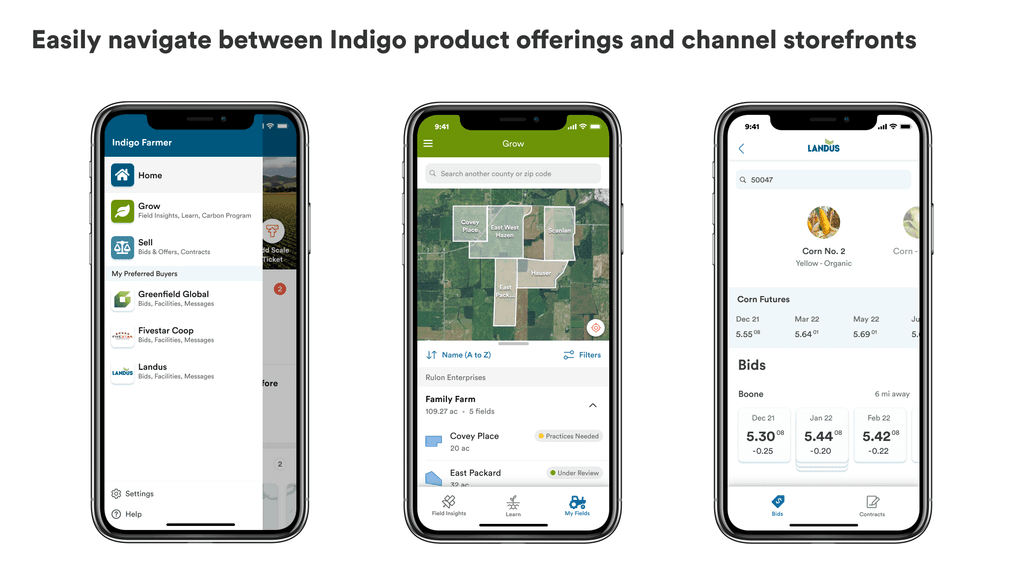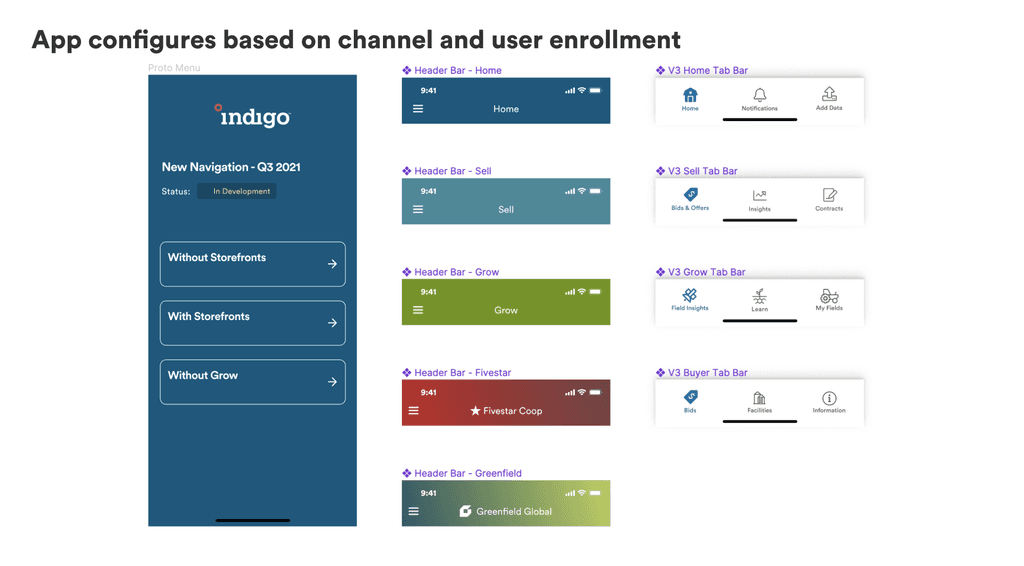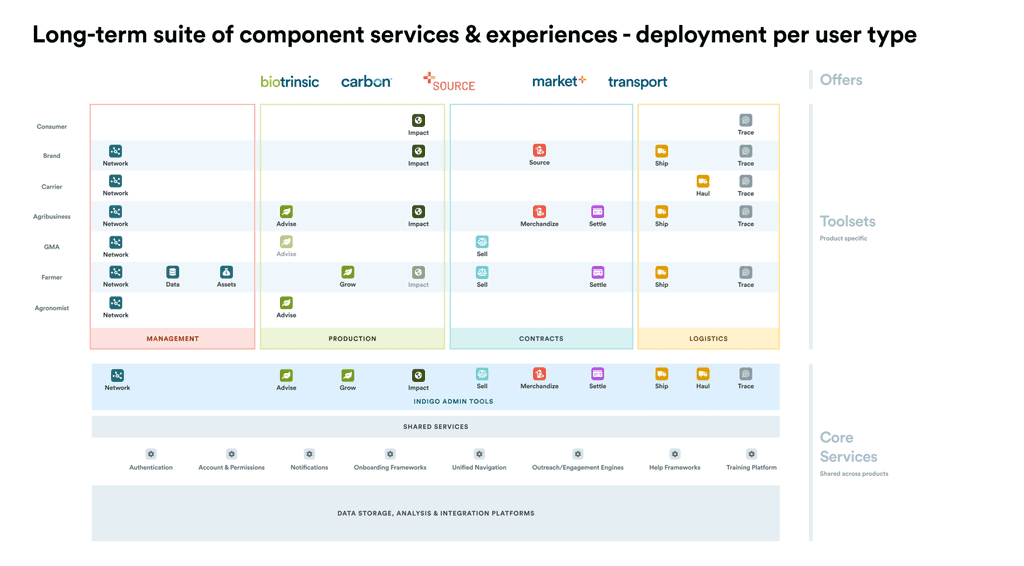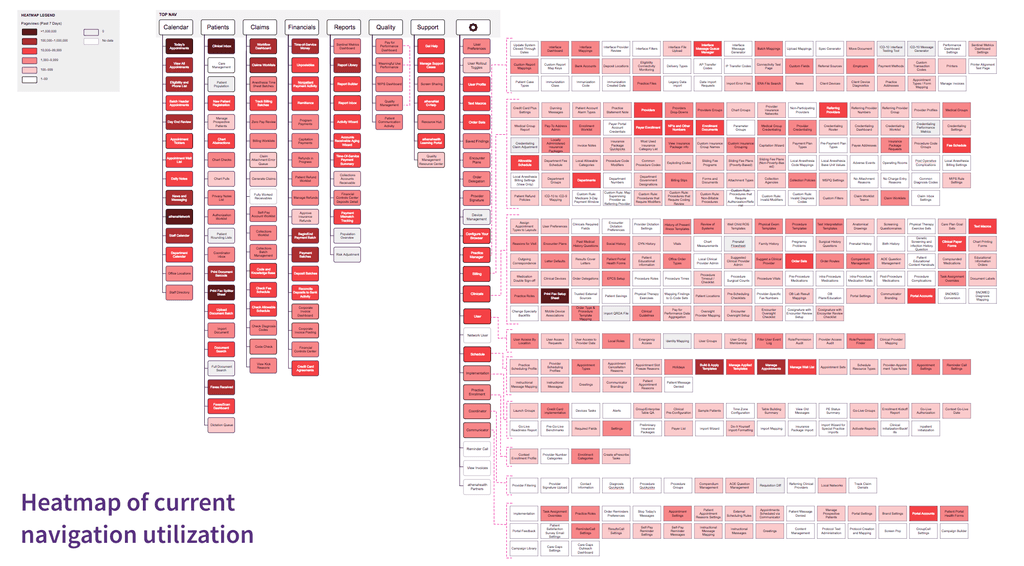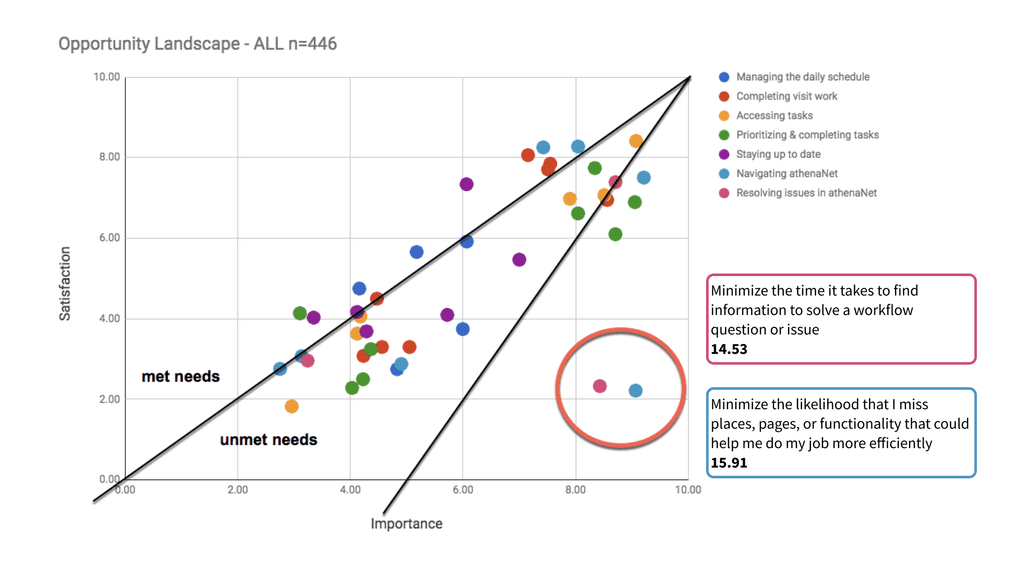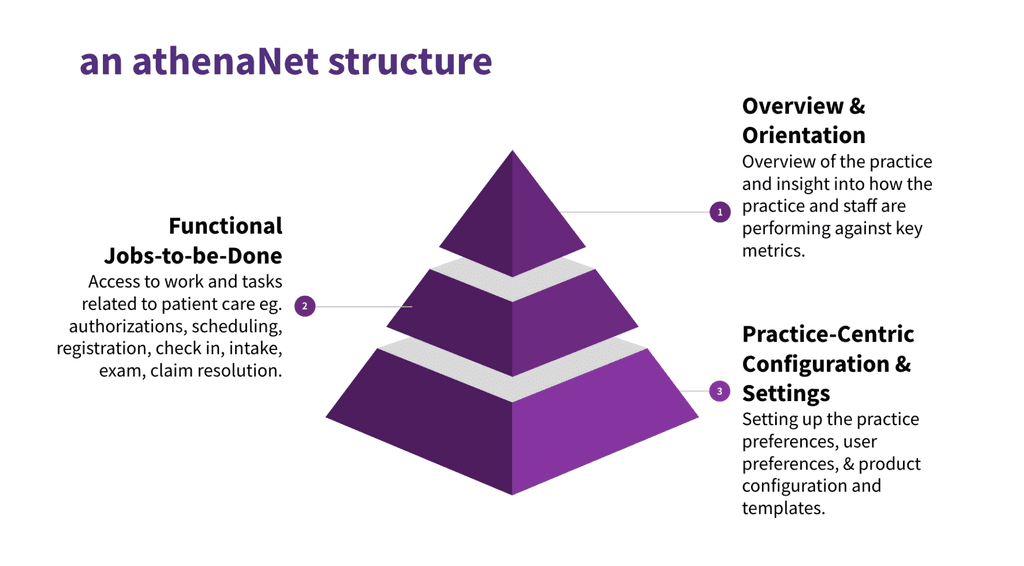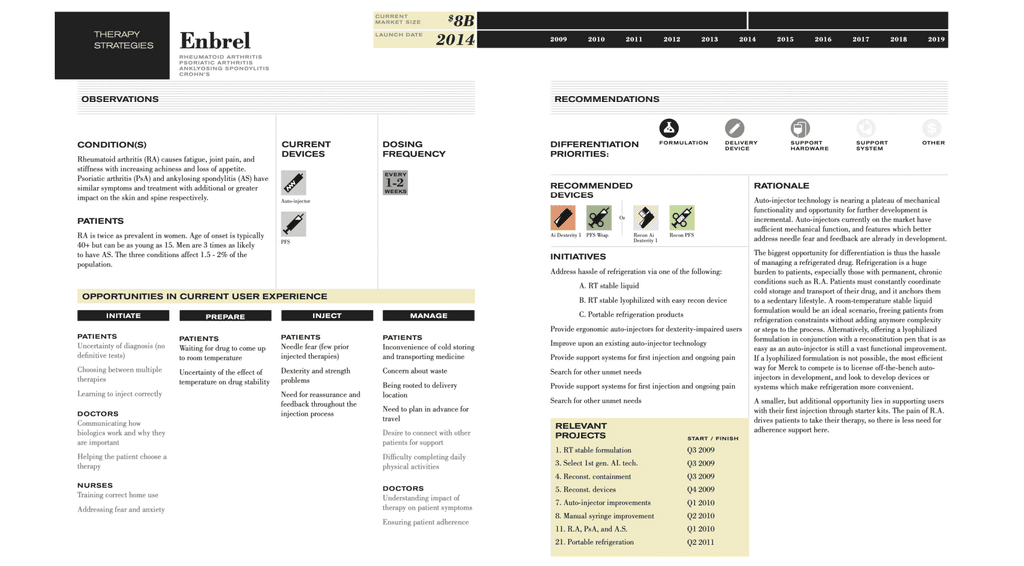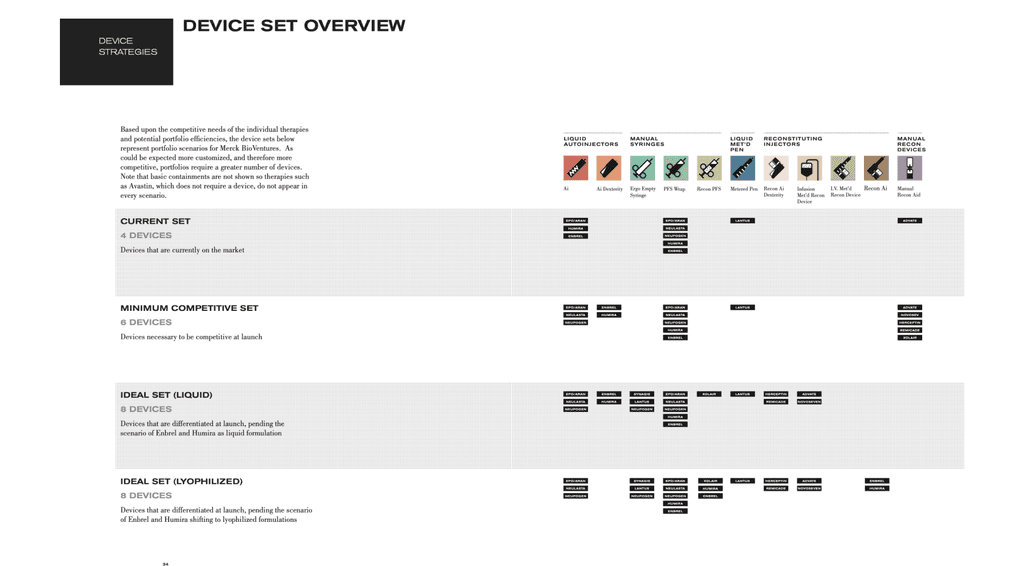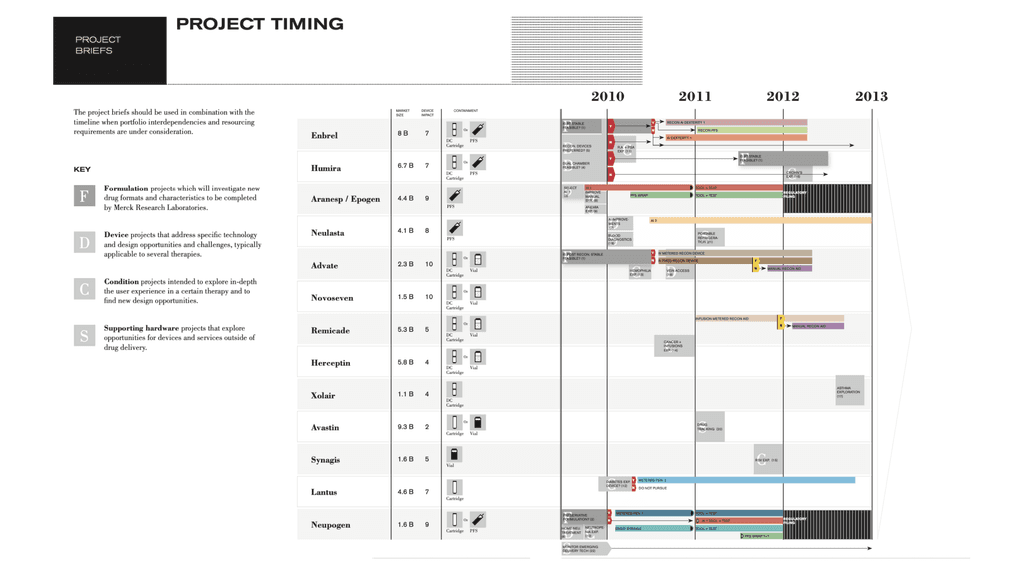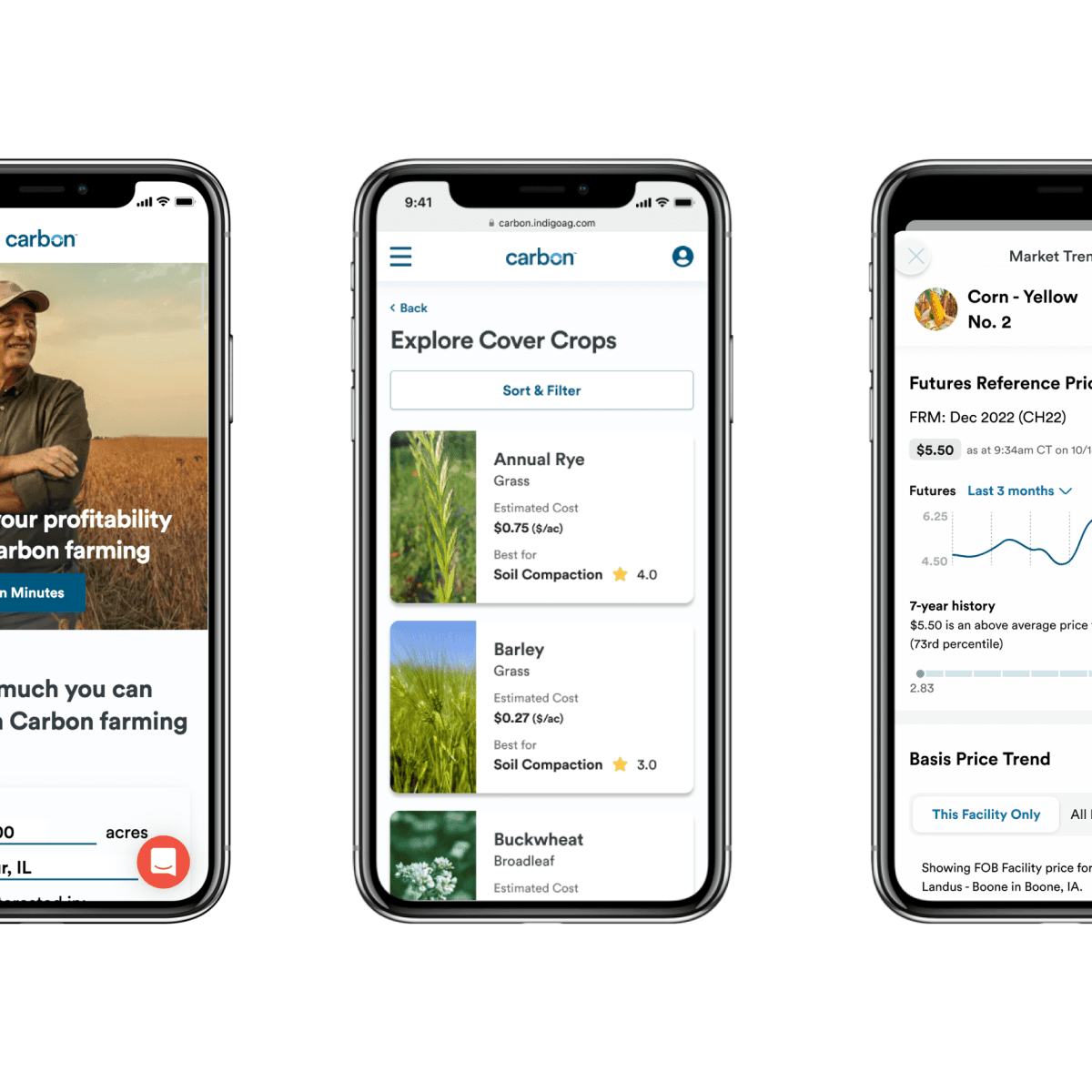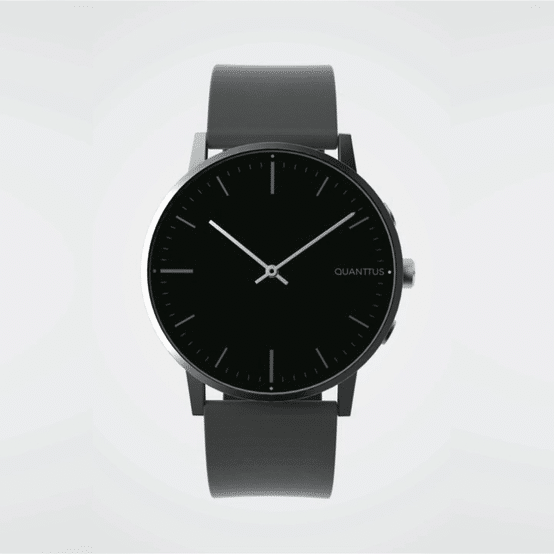WORK
Bring vision to life
Leaders frequently struggle to communicate vision effectively, especially across a complex product set that needs integration. Guiding teams to both better define strategy, and bring it to life through product concepts, pays dividends in terms of both speed and value delivered to customers.
Example 1: UNIFIED APP FOR INDIGO
Many customers. Three platforms.
One experience.
Indigo had built three MVP product offerings for grain trading, carbon credits and sustainable crop programs. They each served two or more user types. And each was a separate web app with little ability to re-deploy data or code, disparate experiences for users, and weak cross-selling capabilities.
The CEO declared this an urgent issue. While the larger engineering org got started on integrated micro-services, we found an short-term opportunity to lead the company forward - a unified native mobile app.
Through testing, design iteration and a series of product releases we honed a singular experience - bringing all our offerings together in a way that made sense to farmers. The prototype addressed configurability requirements and other constraints the business faced.
While our native app engineers continued building towards release, we used the farmer app experience as the exemplar for a configurable system to serve multiple user types across desktop and mobile.
Example 2: ATHENANET PRODUCT ARCHITECTURE
A flexible structure to unlock built value.
athenaNet was infamous in-house for being the largest PERL codebase in the world. Over 1500 pages of functionality built at breakneck speed over 20 years. Impressive but overwhelming.
User surveys revealed that the most underserved need was actually navigation. Clinicians and billers lived in fear that they would miss critical messages or functionality. Valuable product capability was lost in an indecipherable maze.
I led an initiative that pulled together engineers, PMs, designers and subject matter experts to define core workflows across 18+ personas and refine a single product architecture to support them all.
The resulting deliverable demonstrated how any user type could move seamlessly throughout the envisioned product, with consolidated alerts, intelligent toolboxes and custom shortcuts. This vision piece served as a high-level roadmap for the 1500 person software team for several years after my departure.
Example 3: EXPERIENCE STRATEGY FOR MERCK BIOVENTURES PORTFOLIO
A lean set of tools for $8B of launches.
Merck Pharmaceuticals created their BioVentures unit in 2009 as a proactive response to patent expirations on some of the world's most valuable drugs. While low-cost generic manufacturers were ready to swoop in, Merck believed they could compete on quality. Part of that strategy was to offer superior experiences around drug delivery.
I led an initial project to understand the full set of user needs across 8 disease states and 13 therapies, explore all feasible drug delivery devices, and then model out the smartest portfolio of devices to minimize cost and risk, while maximizing customer value and competitive advantage.
An intractably complex roadmap was made clear and over the next 3 years I managed the Merck relationship to execute over 20 projects in pursuit of that strategy.
